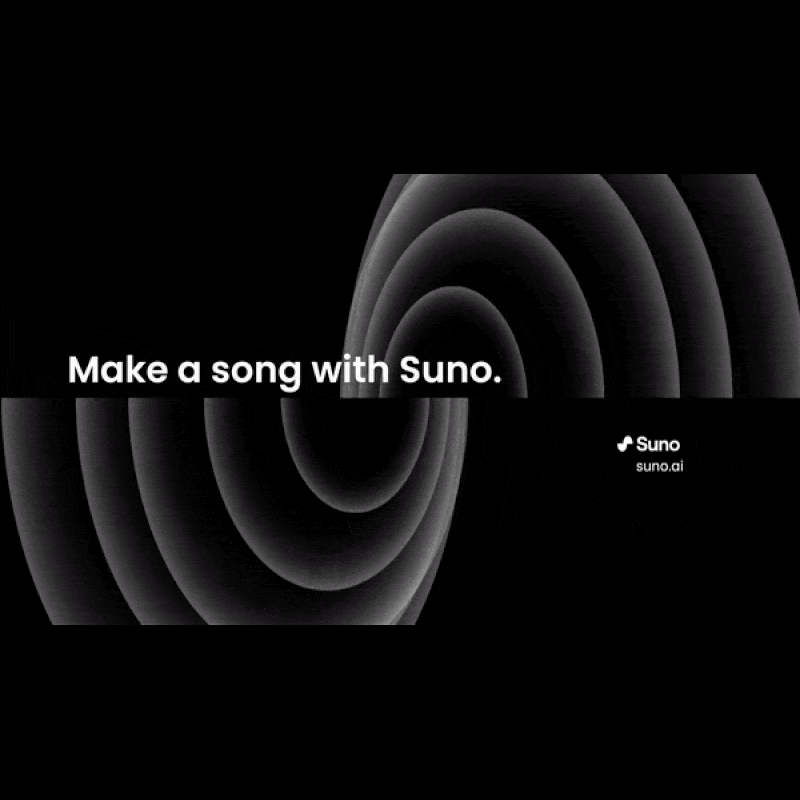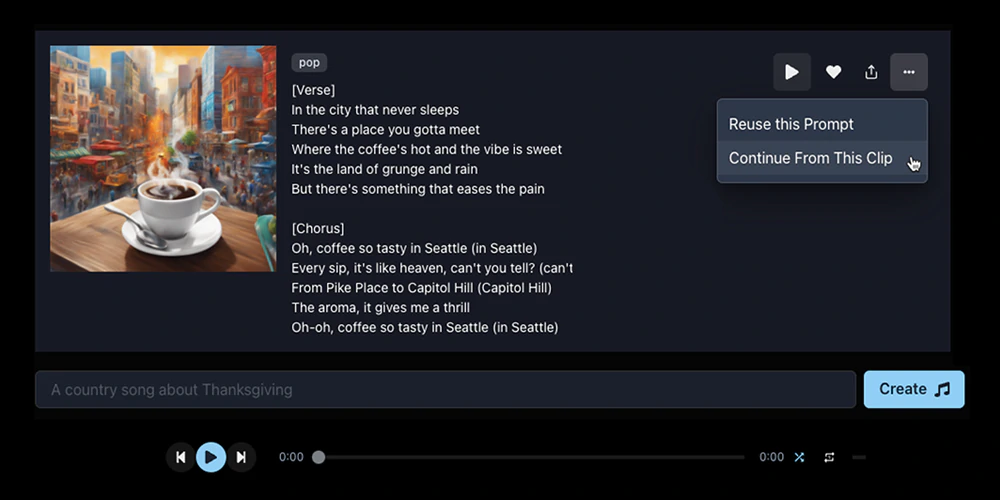
Music composing requires a blend of talent, dedication, and a dash of audacity.
Starting from musical proficiency, music instrument skills, creativity, and a lot of study and practice. And in the modern days of the internet, music creation also requires at least a bit of technical know-how, and sufficient networking and collaboration.
All that, must be paired with resilience and perseverance.
Long story short, it isn't easy.
But with generative AI, this isn't the case anymore.
With just a simple prompt, pretty much anyone can create a unique song. "No instrument needed, just imagination," the company said.
'Suno' is doing just that.
You can make great music, whether you're a shower singer or a charting artist. No instrument needed, just imagination.
Make your song today at https://t.co/HG7qM2Jhr5 pic.twitter.com/vVbWiSPouJ— Suno (@suno_ai_) December 20, 2023
"I'm just a soul trapped in this circuitry," sang a voice that can be heard in the lyrics.
A lone acoustic guitar chugs behind it, punctuating the vocal phrases with tasteful runs.
The song is generated by AI, meaning that there is no human behind the voice or the music instrument.
All it takes to create this piece, is a simple text prompt, which according to the Rolling Stone, is: "solo acoustic Mississippi Delta blues about a sad AI."
The song was created using two AI models in collaboration.
First, Suno's AI created all the music by itself, and then OpenAI's ChatGPT was used to generate the lyrics and the title: "Soul of the Machine."
There are a number of AI products that can generate songs, but Sono is different.
First, it's a generative AI, and second, it's able to generate a more realistic track that seems to be kind of unsettling.
Suno was founded by Shulman, Freyberg, Georg Kucsko, and Martin Camacho, who are all AI enthusiasts and machine-learning experts. All of them were colleagues until 2022, working with a company that on AI.
Shulman and Camacho are both musicians, and that it was their idea to found Suno.
At first, Suno was intended to be a music product, which included the idea of making it a tool for hearing aid. The founders also wanted it to be a tool for finding malfunctioning machinery through audio analysis.
The first AI Suno released, was a text-to-speech program called Bark.
It was only through the feedback, that they realized the thing people really wanted, was a music generator.
"So we started to run some initial experiments, and they seemed promising," said Shulman.
To create this AI, Suno used the same general approach as large language models, like ChatGPT, which started this whole generative AI hype.
The method involves breaking down human language into segments known as tokens. Suno then have the AI absorb its millions of usages, styles, and structures, and train the AI to be able to reconstruct them on demand.

But unlike generative AI that works on text, a generative AI that works on music is more complex.
"Audio is not a discrete thing like words," explained Shulman. "It’s a wave. It’s a continuous signal."
Here, Suno used data sets that include recordings of speech, in addition to music.
At this time, OpenAI is facing multiple lawsuits over ChatGPT’s use of books, news articles, and other copyrighted material in its vast corpus of training data. The same can happen to Suno.
This is why Suno said that it's in communication with the major labels, and professes respect for artists and intellectual property, saying that its tool won’t allow users to request any specific artists’ styles in their prompts, and that it doesn’t use real artists’ voices.
Before this, generative AIs have made major advancements in creating credible text, images, and even videos, particularly with OpenAI’s Sora tool.
But audio, and music in particular, things are somehow lagging.
Suno appears to be filling the gap.